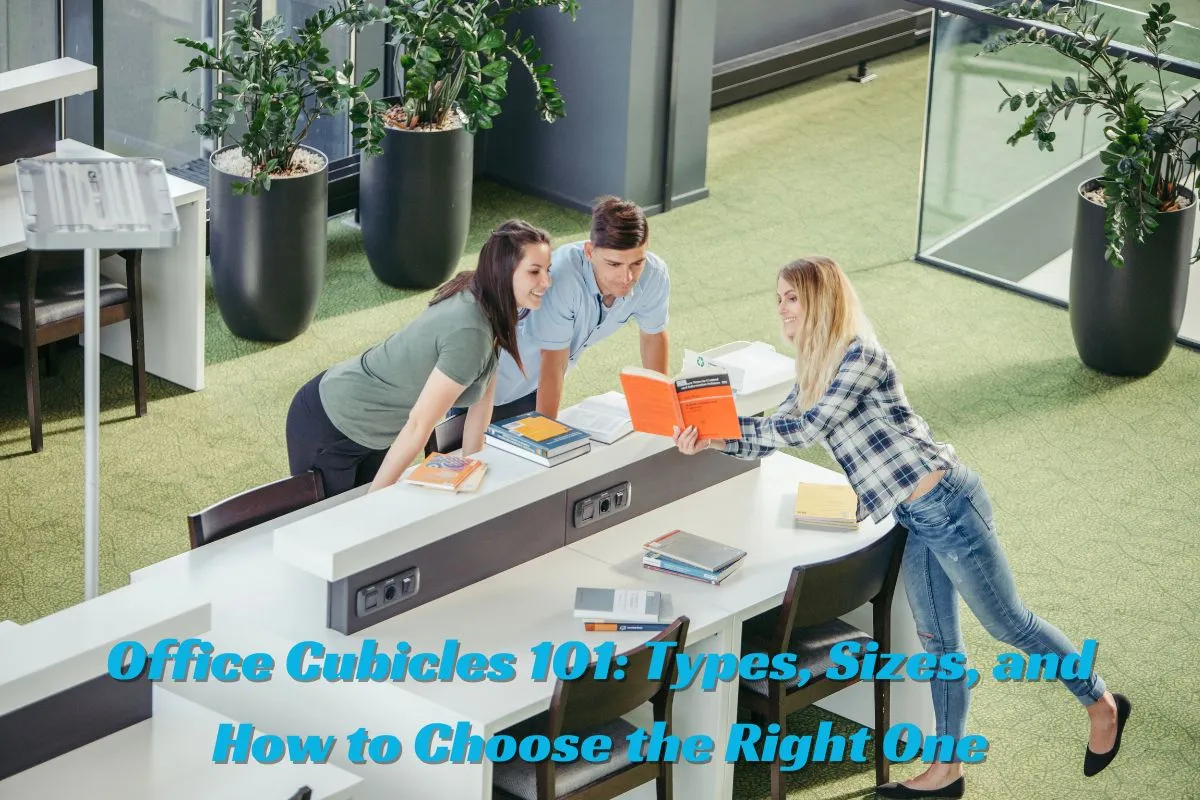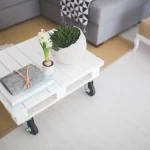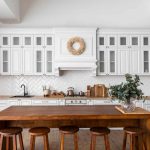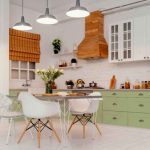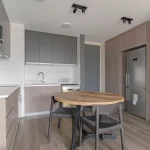Office cubicles play a crucial role in workplace organization, providing individual workspaces while maintaining an open and collaborative environment. The right cubicle design enhances productivity, comfort, and efficiency, ensuring employees have the space they need to focus while allowing interaction when necessary. With various types and sizes available, selecting the best cubicle setup requires careful consideration of layout, function, and employee needs.
Common Types of Office Cubicles
Cubicle designs vary depending on workspace requirements and company culture. Traditional cubicles feature high partitions, offering privacy and minimizing distractions. These workstations create a quiet environment, making them ideal for roles requiring deep concentration. Modern adaptations of traditional cubicles integrate lower dividers, promoting communication while maintaining a degree of separation.
Collaborative used cubicles prioritize teamwork by reducing partition heights or incorporating open designs. These configurations allow employees to engage more easily with colleagues, fostering discussion while providing enough personal space for independent work. Benching-style cubicles follow a similar concept, featuring shared desks with minimal barriers to maximize workspace efficiency.
Adjustable cubicles offer flexibility for dynamic office environments. Modular panels allow employees to customize partition heights or rearrange layouts based on workflow needs. These versatile cubicles accommodate different roles, making them valuable for growing businesses or shifting office demands.
Understanding Cubicle Sizes and Space Efficiency
Cubicle dimensions significantly impact workspace functionality. Standard cubicle sizes range from compact 4’x4′ models to larger 8’x8′ configurations. Smaller cubicles work well in high-density office environments where space optimization is essential, while larger setups provide added comfort for employees requiring additional workspace for equipment or multitasking.
Mid-size cubicles, typically measuring 6’x6′, offer a balance between efficiency and personal workspace. These setups are widely used in corporate offices, providing sufficient room for daily tasks without taking up excess floor space.
Custom-sized cubicles accommodate specific company needs. Businesses with specialized workstations may require expanded layouts featuring integrated storage, adjustable partitions, or collaborative seating options. Modular designs allow workspace adaptation, ensuring employees have functional and comfortable areas for their tasks.
Factors to Consider When Choosing Office Cubicles
Selecting the right cubicles depends on company workflow, employee preferences, and office space availability. Privacy requirements play a key role in determining partition heights. Roles requiring deep concentration benefit from higher panels, while customer-facing or collaborative positions thrive in more open layouts.
Space efficiency ensures optimal use of floor areas without overcrowding. Cubicle placement should allow adequate movement while maximizing available workspace. Strategically arranging layouts prevents congestion, ensuring employees can navigate comfortably.
Aesthetic and branding considerations enhance workplace atmosphere. Choosing cubicle designs that align with company branding improves office cohesion and employee morale. Neutral tones, modern materials, and adaptable finishes create a professional yet inviting environment.
Storage and organization features contribute to workspace productivity. Integrated shelves, filing cabinets, and drawer units help keep workstations tidy, minimizing distractions. Cubicles with built-in storage solutions allow employees to maintain organized workspaces while maximizing efficiency.
Technological compatibility ensures cubicles accommodate modern office equipment. Configurations that integrate power outlets, cable management, and device storage streamline operations while preventing clutter. Wireless charging stations and built-in lighting features enhance functionality, adapting to evolving workplace needs.
Final Thoughts
Office cubicles remain a cornerstone of workplace design, offering structured yet flexible environments for employees. Choosing the right type, size, and configuration enhances productivity, collaboration, and overall workplace satisfaction. Understanding partition heights, space efficiency, and employee needs ensures an effective office layout that supports professional goals. By selecting cubicles that prioritize comfort, functionality, and adaptability, businesses create a productive workspace that fosters efficiency while maintaining a cohesive office atmosphere. For top-quality office furniture solutions tailored to your workspace needs.

